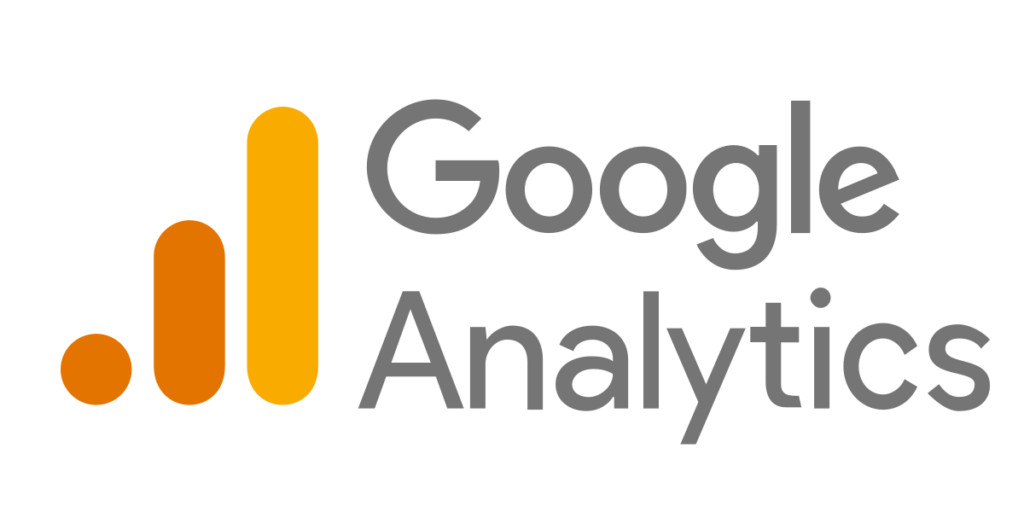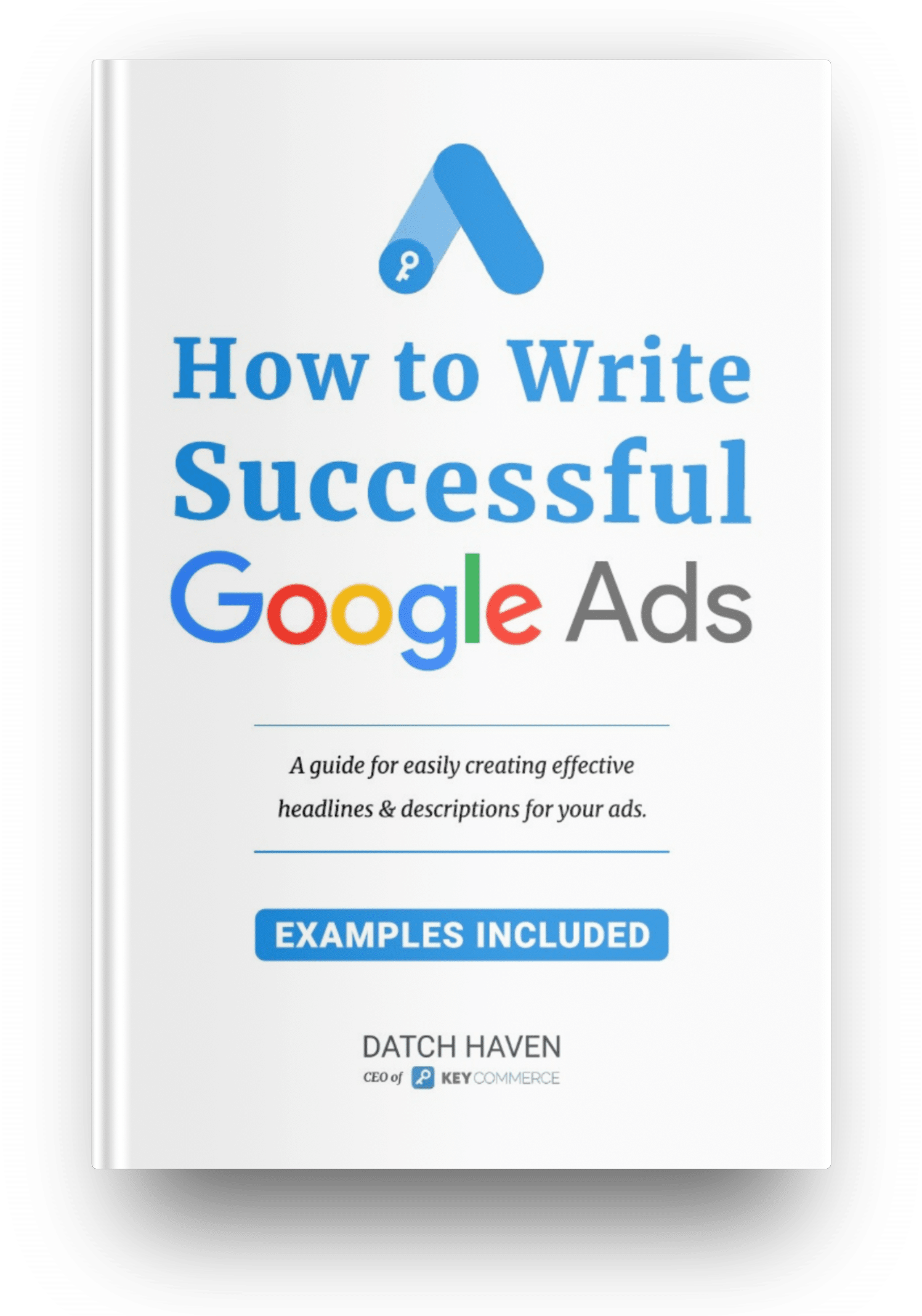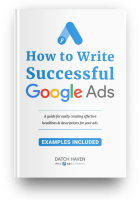The importance of understanding your visitors
Conversion rate optimization is the set of processes for increasing a website's conversion percentage. The aim is to increase the number of people taking the desired action in relation to the number of visits. The result is obtained by improving customer experience and testing interactive elements.
Many ecommerce startups take the launch-and-see approach. They don't take the time to test their website designs or understand their customers buying funnel. A few are successful this way, but most aren't and are left wondering: Why isn't anyone buying?
It's impossible to impress or delight anyone without knowing anything about them. Winning businesses strive to understand their customers better than their competitors. So what exactly should you know about your customers?
- What makes them click, browse and buy
- What stops them from doing the above more often
- How can you increase their spend per action
- And most importantly, why do they leave your website without buying
Figuring out the answers to the four questions above is the first step toward fixing the issue and improving conversion rate optimization (CRO).

The conversion rate optimization challenge
Startup or low-traffic sites face two problems: understanding visitors and measuring what works. We tackle these two issues below.
Understanding visitors
The primary reason for wanting to understand visitors' behavior is that it gives you a good insight into why they aren't doing what you want them to do.
For ecommerce, the goal is that visitors make a purchase. So, what stops them from taking action if they're not doing so?
There are a few ways you can get some insight:
- User tests are a technique that's affordable and viable for small businesses. Ask friends and family to give your website a spin and give you feedback on their experience. Ideally, it would be best if the people were as close as possible to your target audience.
- You can use software to watch session recordings of visitors on your site. Sign up with Hotjar for instant access.
- Speak to salespeople who sell the same type of product you do face-to-face.
- Analyze competitors' websites and see what they're doing that keeps people coming back.
- Increase incentives for visitors to complete surveys. The better the stimulus, the more responses you're likely to get and, with it, some valuable data.

Measuring what works
The second challenge that startups face is measuring whether their changes make any statistical difference. A/B tests often don't present significant results when there isn't enough traffic. Don't take this to mean that, as a small business, testing isn't suitable for you.
If done correctly, you should be testing your website regularly and seeing some benefit from your efforts. However, you may be wondering how many conversions you need for A/B testing, and the answer is- it depends.
It depends on the following factors:
- Current conversion rate
- What conversion rate change do you want to detect
- How statistically accurate do you want the data to be
Low-traffic website testing strategies
When you have low traffic, it's more effective to test bold changes that are more likely to move the needle significantly. Assess and highlight what your visitors care about, which may double or halve the number of conversions instead of testing something that won't make much difference if any.
These can be measured instantly, even though you can't be sure if they correlate with overall long-term success.
Test the main pages that almost all your customers will see, such as the landing page or checkout funnel.
Use one test to combine similar pages. If you're monitoring similar features of a page that appears on more than one page, then apply the same changes to all the relevant pages and include them in the same test.
The standard norm is to declare a winner at 95% statistical significance. However, you're not bound to that number, and if you feel you're happy with 90% or even 85% confidence, then don't be afraid to end your test at those thresholds. It's better to get some data than just to run a page blindly and hope for the best.
Fixed-period testing allows you to make decisions based on whatever results have come in, up to a specific date, regardless of what they are. If you feel that the results aren't conclusive enough, re-run the test.
Adjust the amount of traffic to tested pages. You can temporarily refocus your traffic to your testing pages to gather more data.

Tools and resources
Tools and resources are abundantly available to help businesses with website diagnosis. Even low-traffic websites can benefit from some of the same techniques that big companies use.
Below is a list of sites, software, and other resources you can use to test your website.

See what visitors do through session recordings, heatmaps, and user analysis.

This helpful site lets you carry out tests for free. In exchange, you need to assess other people's websites.

Although free, it's a sophisticated and powerful tool to measure your website metrics.

A great tool if you want to conduct surveys but have no one to ask. You choose a target audience from Google's panel of users, type your questions, and within a few hours, you'll receive responses.
Diagnosis is a perpetual project
Website testing isn't a fun part of running an ecommerce store, but it's a crucial step toward successful conversion rate optimization. To combat overwhelm, lay out a strategic plan for your website testing and follow it one step at a time.
Your goal is to keep customers engaged and active, and through consistent and focused testing, you'll know what to fix for increased conversions.












